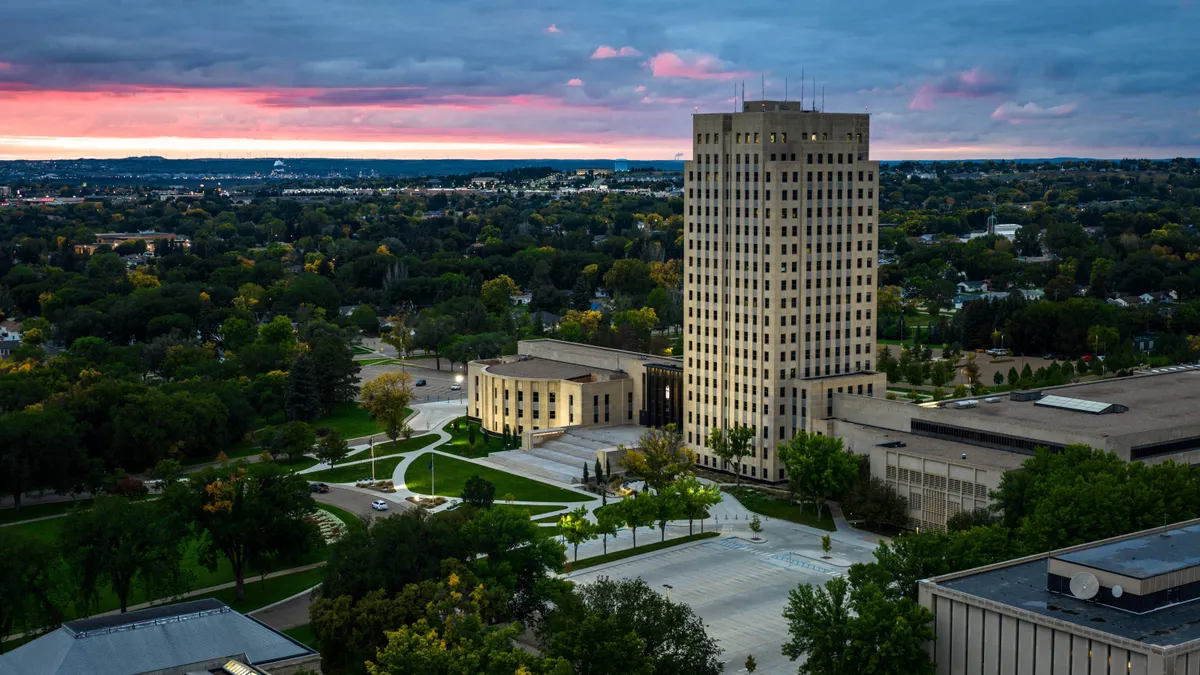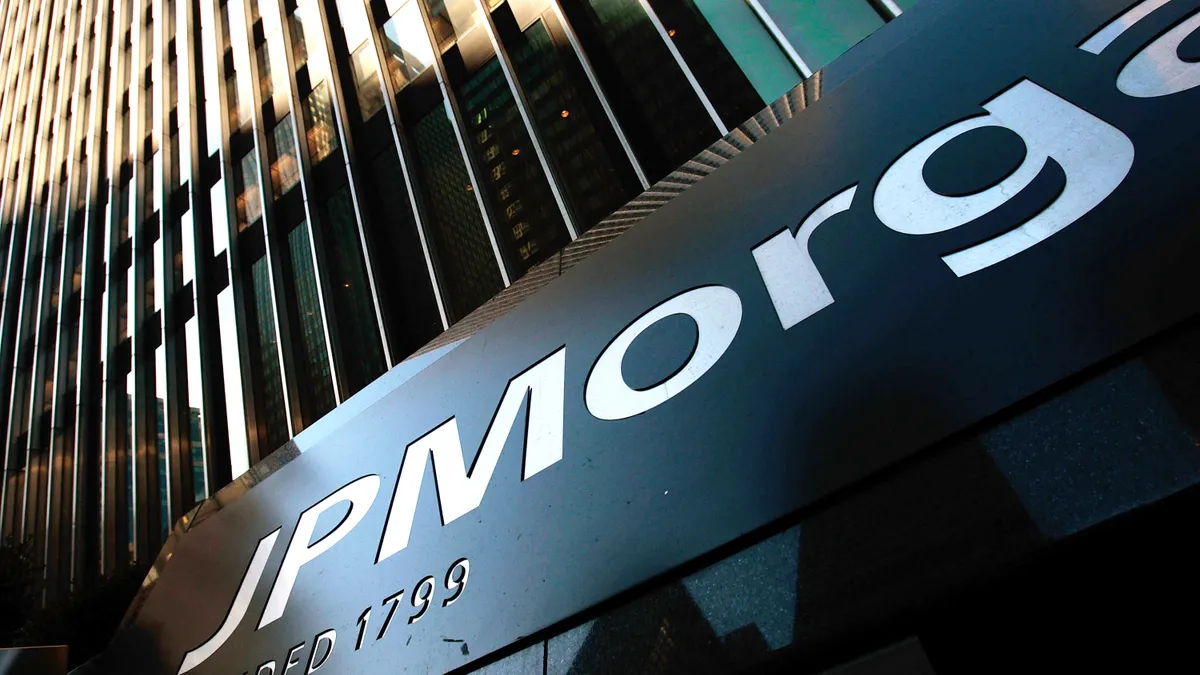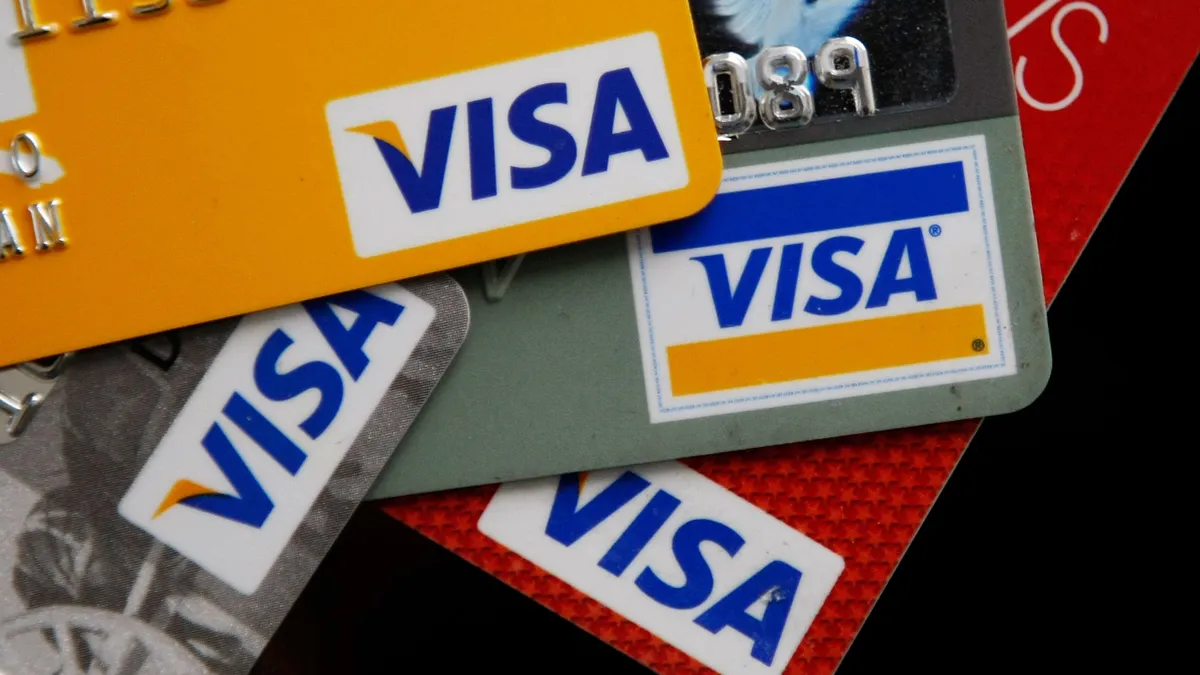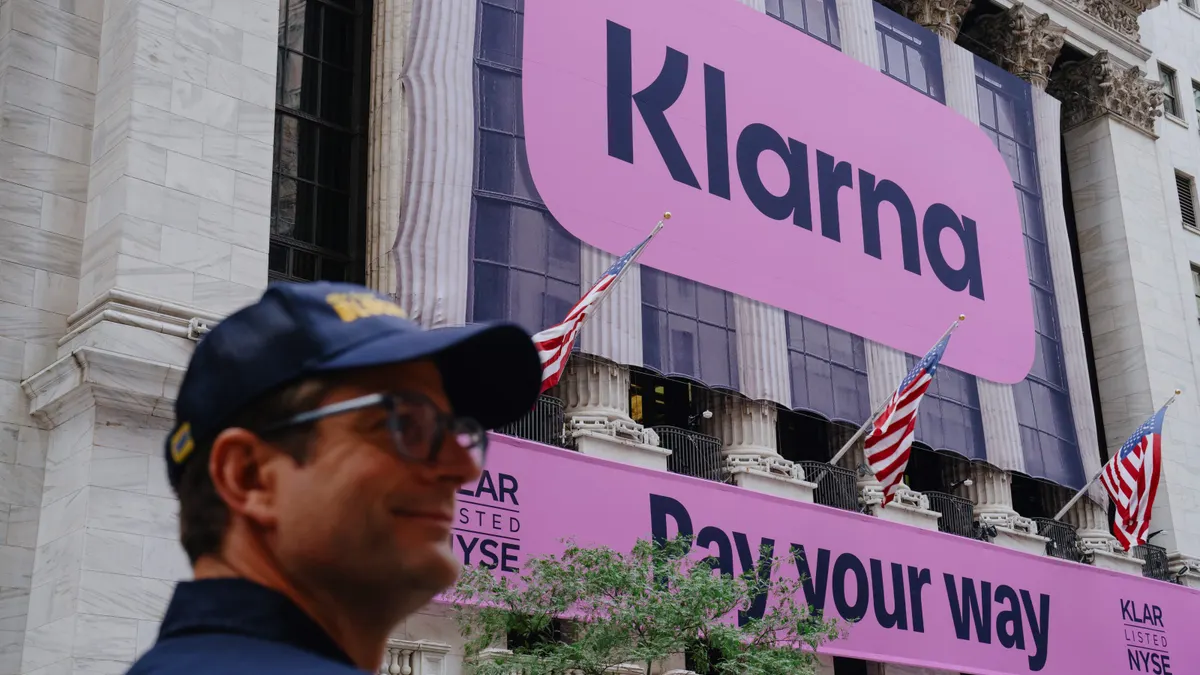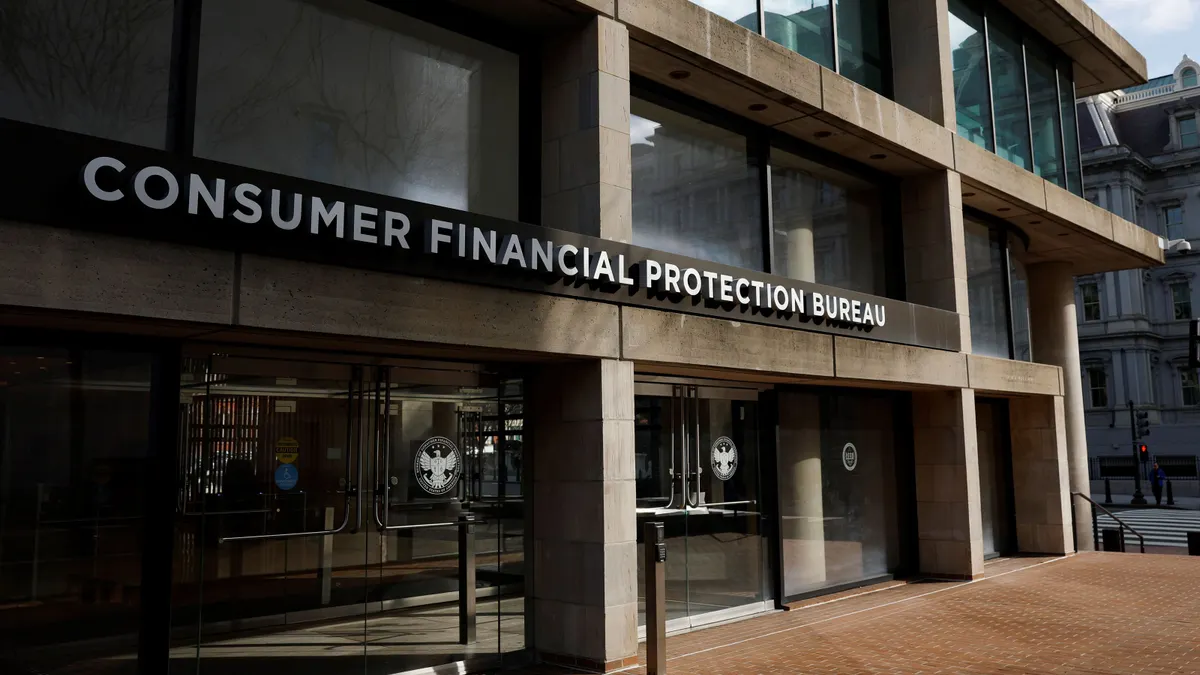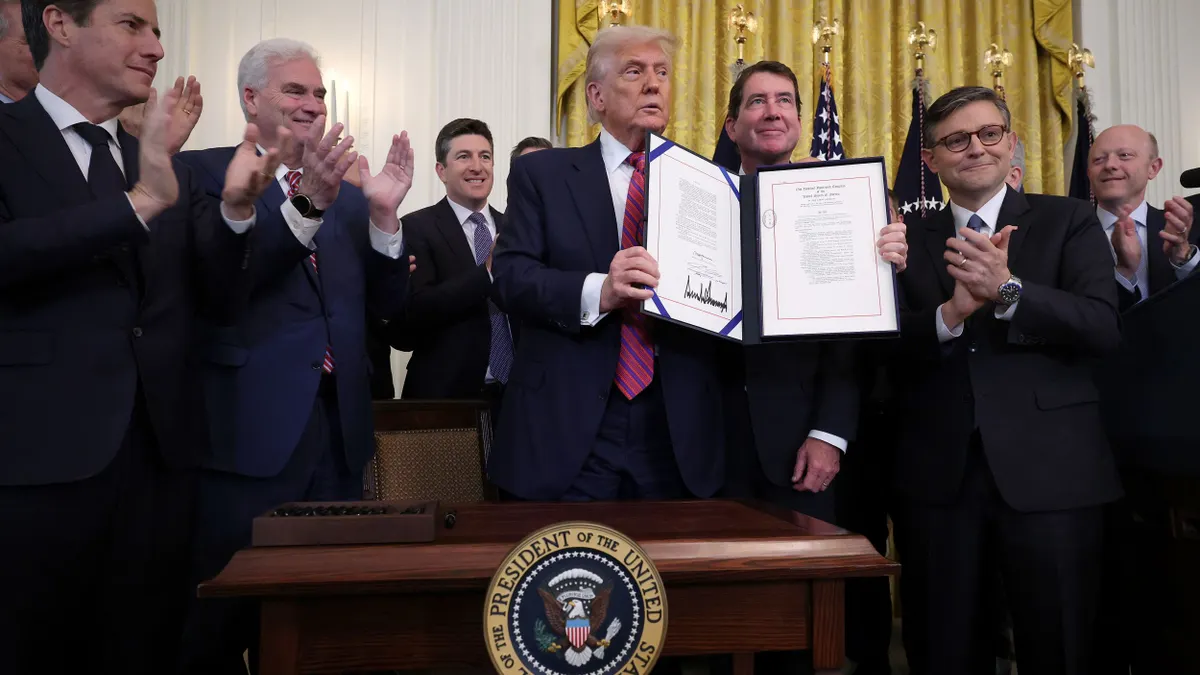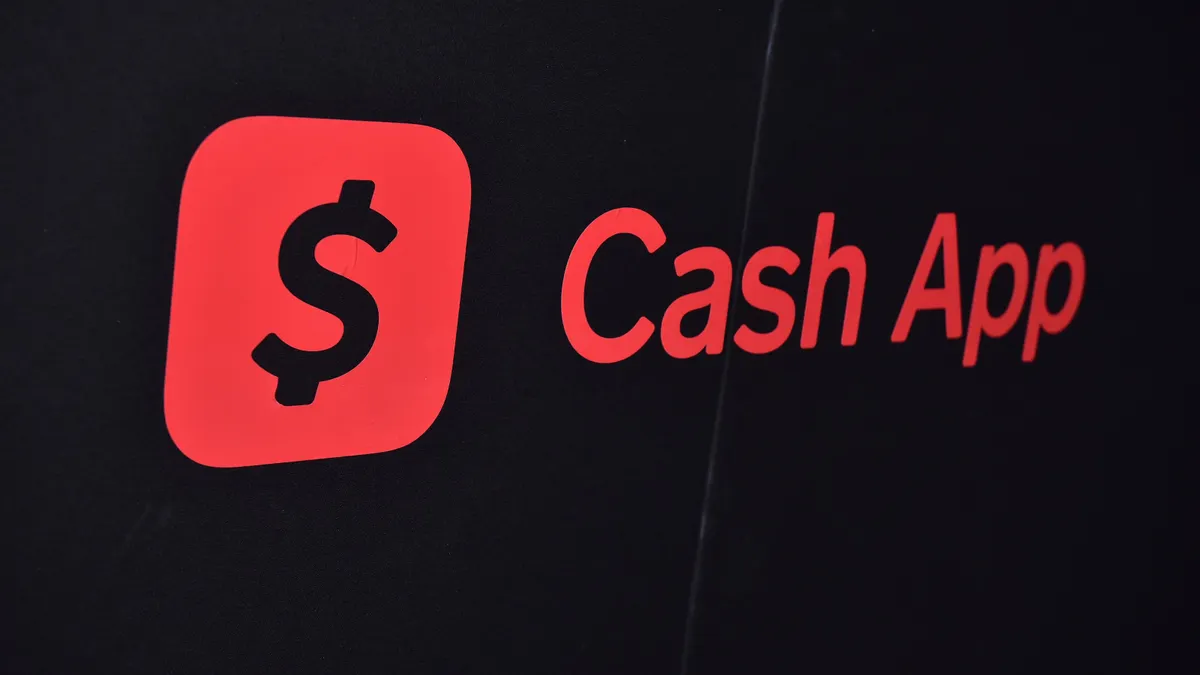Payment processor Fiserv and the state-owned Bank of North Dakota teamed up Wednesday to establish a “Roughrider” stablecoin, with the state becoming the second in the U.S. to launch its own digital currency.
The North Dakota stablecoin will join Fiserv’s own stablecoin next year on the company’s digital asset platform, Fiserv and the bank said in a press release. The Bank of North Dakota is the only state-owned bank in the U.S., with about $10 billion in assets.
In June, the payments giant announced the launch of its digital platform, along with its stablecoin, FIUSD, aiming to leverage its network of 10,000 financial institutions, six million merchant locations and 90 billion annual transactions to help scale its stablecoin. Fiserv will add the FIUSD coin to its “banking and payments infrastructure” by the end of the year, a company spokesperson said Sept. 29.
Wyoming launched its Frontier Stable Token in August, a month after Congress passed the Genius Act to provide a federal regulatory framework for stablecoins.
These digital currencies are typically supported by fiat reserves like the dollar or euro. Unlike other cryptocurrencies, such as Bitcoin and Dogecoin, stablecoins generally have less price volatility.
The Roughrider coin will be available for banks and credit unions in North Dakota “sometime next year,” the North Dakota Industrial Commission, which oversees the bank, said Wednesday in a press release.
The North Dakota coin “will aim to increase bank-to-bank transactions, encourage global money movement, and drive merchant adoption,” the companies said in their press release.
All coins connected to Fiserv’s platform will be interoperable, Sunil Sachdev, the company’s head of embedded finance and digital assets, said Wednesday in an email sent by a company spokesperson.
The initial use case for the North Dakota coin will be among banks to create more efficient interbank money movement with a payment rail that’s always open, Sachdev said. “A later use case may include consumer stablecoin accounts along with cross border money movement.”
North Dakota serves as “an ideal live laboratory” for Fiserv to test and validate its cryptocurrency technology, David Krause, a Marquette University associate finance professor, said in an email. The bank functions as “a core banking partner” for other financial institutions in North Dakota, he said.
Because North Dakota owns the bank, the state offers “a regulatory blueprint” for stablecoin use in a lower-volume banking ecosystem, giving North Dakota an early-mover advantage with Wyoming in terms of seeking to attract fintech and blockchain firms, Krause said.
“This centralized structure makes it an ideal, low-complexity environment to test the plumbing of a new digital asset platform, particularly under the regulatory clarity of a state-issued stablecoin exemption,” Krause wrote. “They can work out all the technical, legal, and operational kinks without the overwhelming compliance risks of deploying in a huge, fragmented market like New York or California.”
This work also helps to “future-proof” Fiserv’s core business in terms of demonstrating that the Roughrider and FIUSD coins on Fiserv’s platform supports “the next generation of money movement,” he said.
“If they can prove that a digital asset can dramatically improve the liquidity and speed of interbank settlement for the Bank of North Dakota’s community partners, that model can be seamlessly scaled to thousands of other client institutions who use Fiserv's existing core infrastructure,” Krause wrote.
The bank said the Roughrider moniker was chosen as a “salute” to President Theodore Roosevelt, whose militia was dubbed Rough Riders and fought in Cuba during the Spanish-American war.
A third state, Nebraska, has also taken a deep interest in digital currencies, with its 2021 Financial Innovation Act. The law created a new charter for digital asset depository institutions.
The first applicant to operate as this type of institution, Telcoin Bank, is “in the final stages” of the chartering process and hopes to receive full approval to begin operating soon as the first U.S. digital asset depository institution, Patrick Gerhart, Telcoin’s president of banking operations, said Wednesday via email. Telcoin Bank, part of Singapore-based Telcoin Group, will also issue a stablecoin, eUSD, at that time, he said.
“The goal is to marry traditional banking protections with the efficiencies blockchain rails and digital assets provide, giving both consumers and community banks a safer, faster and more transparent way to move money,” Gerhart wrote.
Wyoming and North Dakota are helping test models “for how stablecoins can integrate into regulated banking systems to transform payments, cross-border settlement, and remittances: areas where efficiency matters most,” he said, adding that “the real prize will be interoperability to ensure that all of these state-regulated stablecoins can truly work together and with traditional financial rails.”
The Genius Act specifically exempted state-issued stablecoins from federal regulation, a distinction that finance and legal professionals say can allow for innovation but also creates legal uncertainty.
“While private companies face a gauntlet of federal licensing requirements — 100% high-quality reserve mandates, monthly attestations, and criminal penalties for issuing digital dollars — state governments can launch competing stablecoins with minimal federal oversight,” Seth Oranburg, a professor at the University of New Hampshire’s Franklin Pierce School of Law, wrote in an August column for Bloomberg Law.
In an article for Columbia Law School’s Blue Sky Blog last month, Krause noted the “regulatory arbitrage” the different regulatory standards present. Differing legal standards create “a legal gray area” for state-issued stablecoins, attorneys with the law firm Sheppard Mullin wrote in an August blog post about Wyoming’s stablecoin.
“The federal government is left with only indirect levers, such as Financial Stability Oversight Council designations, if a state’s stablecoin scheme threatened the monetary system or violated federal law,” attorneys with the law firm Morgan Lewis & Bockius wrote in an analysis last month of the Genius Act’s state regulatory approach.


